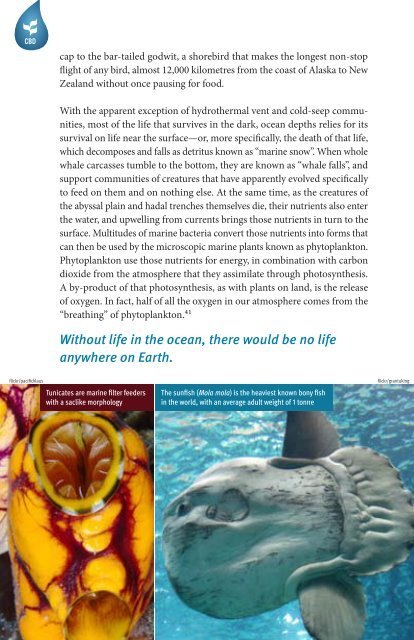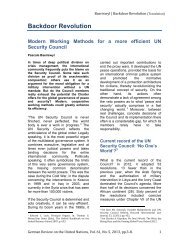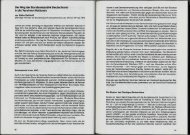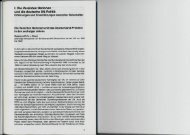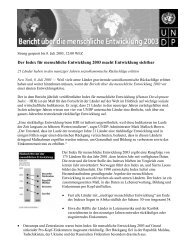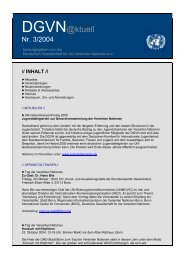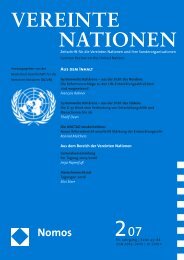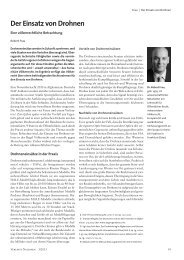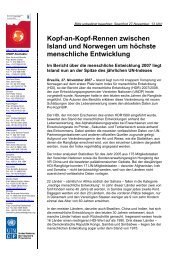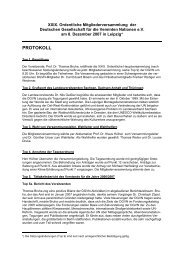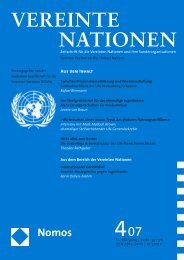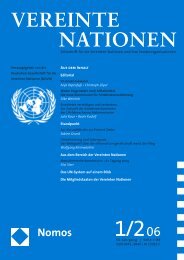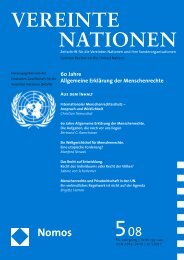One Ocean, Many Worlds of Life - Convention on Biological Diversity
One Ocean, Many Worlds of Life - Convention on Biological Diversity
One Ocean, Many Worlds of Life - Convention on Biological Diversity
Create successful ePaper yourself
Turn your PDF publications into a flip-book with our unique Google optimized e-Paper software.
flickr/pacificklaus<br />
cap to the bar-tailed godwit, a shorebird that makes the l<strong>on</strong>gest n<strong>on</strong>-stop<br />
flight <str<strong>on</strong>g>of</str<strong>on</strong>g> any bird, almost 12,000 kilometres from the coast <str<strong>on</strong>g>of</str<strong>on</strong>g> Alaska to New<br />
Zealand without <strong>on</strong>ce pausing for food.<br />
With the apparent excepti<strong>on</strong> <str<strong>on</strong>g>of</str<strong>on</strong>g> hydrothermal vent and cold-seep communities,<br />
most <str<strong>on</strong>g>of</str<strong>on</strong>g> the life that survives in the dark, ocean depths relies for its<br />
survival <strong>on</strong> life near the surface—or, more specifically, the death <str<strong>on</strong>g>of</str<strong>on</strong>g> that life,<br />
which decomposes and falls as detritus known as “marine snow”. When whole<br />
whale carcasses tumble to the bottom, they are known as “whale falls”, and<br />
support communities <str<strong>on</strong>g>of</str<strong>on</strong>g> creatures that have apparently evolved specifically<br />
to feed <strong>on</strong> them and <strong>on</strong> nothing else. At the same time, as the creatures <str<strong>on</strong>g>of</str<strong>on</strong>g><br />
the abyssal plain and hadal trenches themselves die, their nutrients also enter<br />
the water, and upwelling from currents brings those nutrients in turn to the<br />
surface. Multitudes <str<strong>on</strong>g>of</str<strong>on</strong>g> marine bacteria c<strong>on</strong>vert those nutrients into forms that<br />
can then be used by the microscopic marine plants known as phytoplankt<strong>on</strong>.<br />
Phytoplankt<strong>on</strong> use those nutrients for energy, in combinati<strong>on</strong> with carb<strong>on</strong><br />
dioxide from the atmosphere that they assimilate through photosynthesis.<br />
A by-product <str<strong>on</strong>g>of</str<strong>on</strong>g> that photosynthesis, as with plants <strong>on</strong> land, is the release<br />
<str<strong>on</strong>g>of</str<strong>on</strong>g> oxygen. In fact, half <str<strong>on</strong>g>of</str<strong>on</strong>g> all the oxygen in our atmosphere comes from the<br />
“breathing” <str<strong>on</strong>g>of</str<strong>on</strong>g> phytoplankt<strong>on</strong>.41<br />
Without life in the ocean, there would be no life<br />
anywhere <strong>on</strong> Earth.<br />
Tunicates are marine filter feeders<br />
with a saclike morphology<br />
32 Marine BiOdiversity<br />
The sunfish (Mola mola) is the heaviest known b<strong>on</strong>y fish<br />
in the world, with an average adult weight <str<strong>on</strong>g>of</str<strong>on</strong>g> 1 t<strong>on</strong>ne<br />
flickr/grantuking


